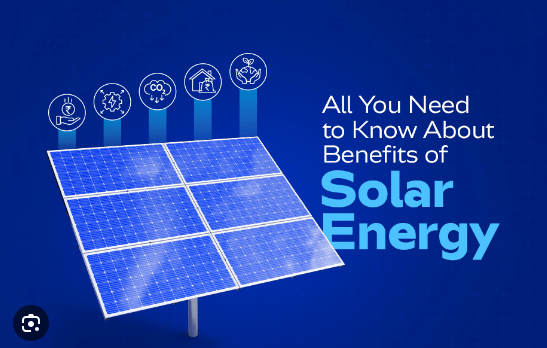
May 23, 2024
The solar panels are supported by mounting structures such as racks or frames, which are installed on the roof or the ground. These structures are designed to securely hold the panels in place while ensuring proper ventilation to prevent overheating.
Wiring and Electrical Connections
Once the mounting structures are in place, the solar panels are wired together and connected to the inverter. The inverter plays a crucial role in the system by converting the direct current (DC) electricity generated by the solar panels into usable alternating current (AC) electricity for use in homes or businesses.
Testing
Before the solar system becomes operational, thorough testing and commissioning take place. This involves checking the functionality of each component, verifying electrical connections, and ensuring that the system meets safety and performance standards.
Related Blogs

Common Inverter Issues and Their Solutions
May 23, 2024

Everyday Inverter Problems and How to Solve Them
May 23, 2024

Why Solar Energy Is Most Preferred?
May 23, 2024

Cost Savings
May 23, 2024

Step-by-Step Guide on How Solar Panels are Installed
May 23, 2024

Can Solar Panel Work at Night?
May 23, 2024

Ways to Get the Most Out of Your Solar Panel
May 23, 2024

Install a Battery Storage System
May 23, 2024

The Future of Solar
May 23, 2024

Substantial Cost Savings
May 23, 2024

Solar energy offers a multitude of benefits, including
May 23, 2024

Advancements in Lithium-Ion Batteries: Powering the Future
May 23, 2024
Related Dealers







